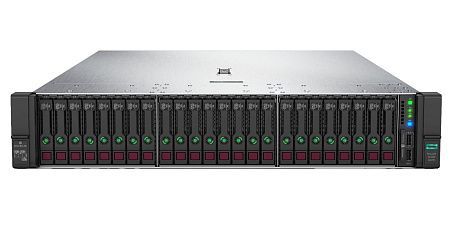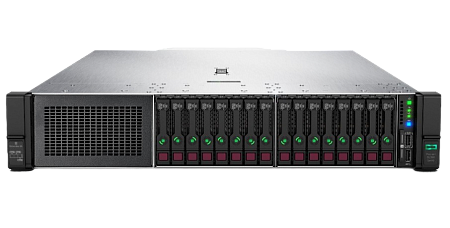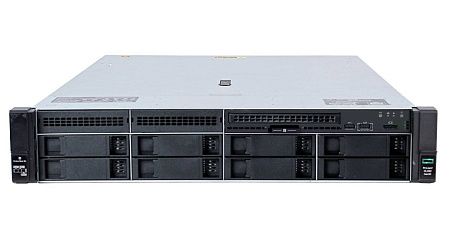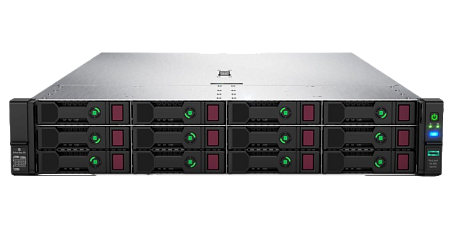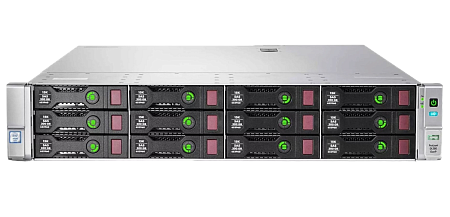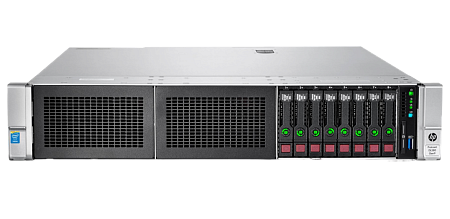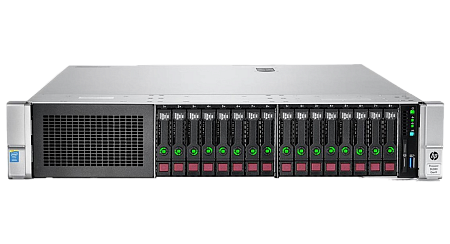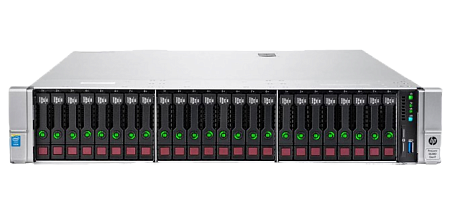ProLiant servers, which are produced by HPE, a world-renowned company, are incredibly popular. These servers have several features, such as scalability and reliability. When comparing ProLiant g9 and gen10 systems, it should be understood that the latter is newer and more advanced. The gen 9 server came out in 2014, while the gen 10 system took another 3 years to come out. In this review, we will try to objectively compare the ProLiant gen9 and gen10 server.
CPU and Memory
HPE ProLiant Gen10 supports IST - Intelligent System Tuning technology. This feature significantly improves efficiency by increasing the performance of the cores in the CPU. Looking at the capabilities of the younger generation of these servers, the Gen9 offers Intel Xeon E5-2600 v3/v4 processors for the DL100, DL300 and ML300 lines. In comparison, the Gen10 features the new Xeon v5 processors, which feature 27 percent more cores and 71 percent more performance. On the memory side, both servers have multiple configurations and can support up to 1 terabyte of permanent memory.
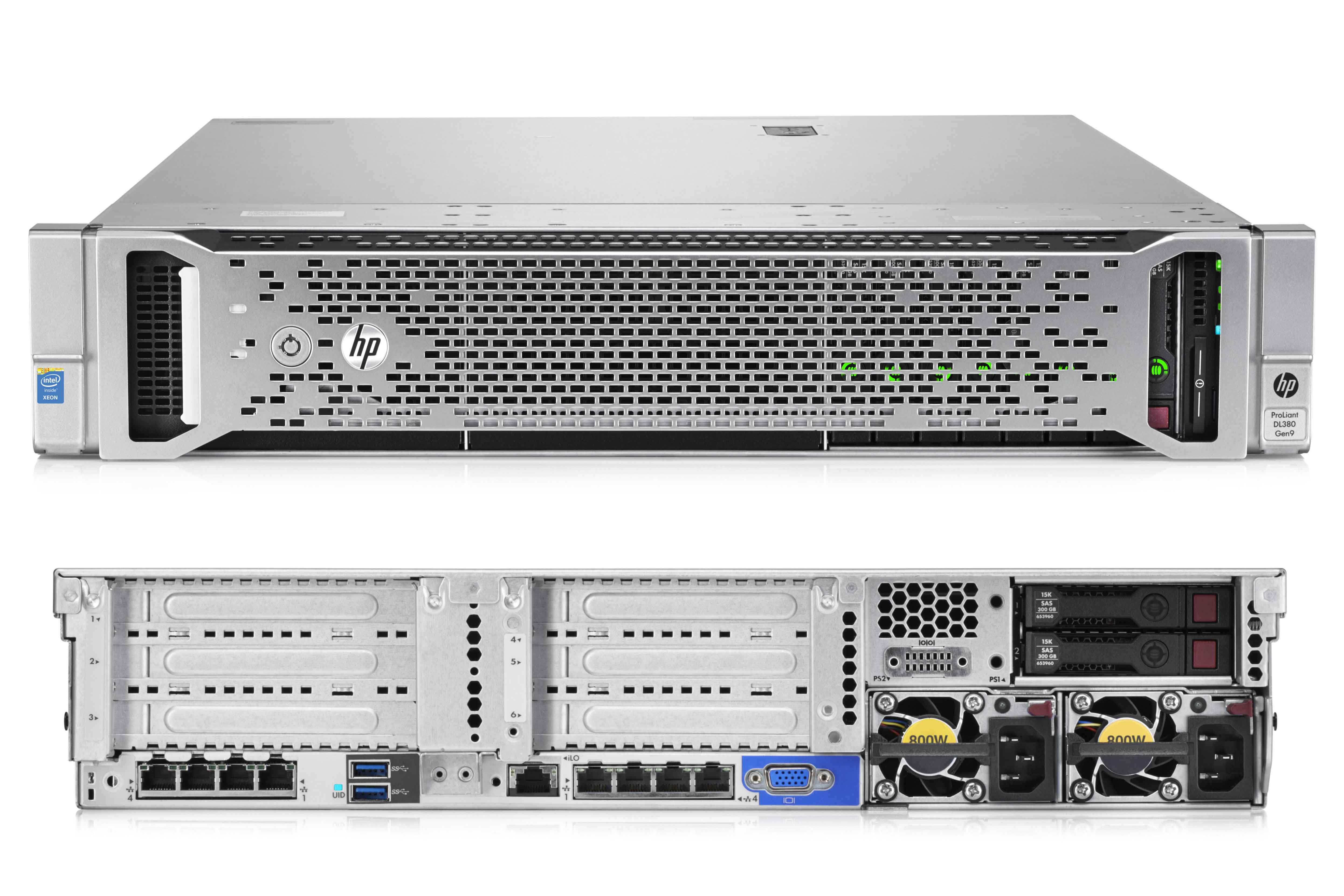
Memory Bandwidth Comparison
Despite the one-generation difference, the ProLiant Gen10 server has bandwidth that is 66% higher than the Gen9 servers:
- ProLiant Gen10: 12 channels at 2666 data rates at 8 bytes = 256 gigabytes per second.
- ProLiant Gen9: 8 channels at 2400 data rates at 8 bytes = 154 gigabytes per second.
Server Storage
Unlike Gen9 servers, Gen10 systems include SSDs, HDDs and HPE Smart Array controllers. With the latest line of enterprise RAID controllers for the 10th generation ProLiant servers, maximum information availability, storage capacity and performance can be dramatically increased. Looking at the difference in numbers, the Gen10 is 65% more productive than the younger generation. At the same time, the power consumption of the older version of the servers is 45% less than that of the Gen9.
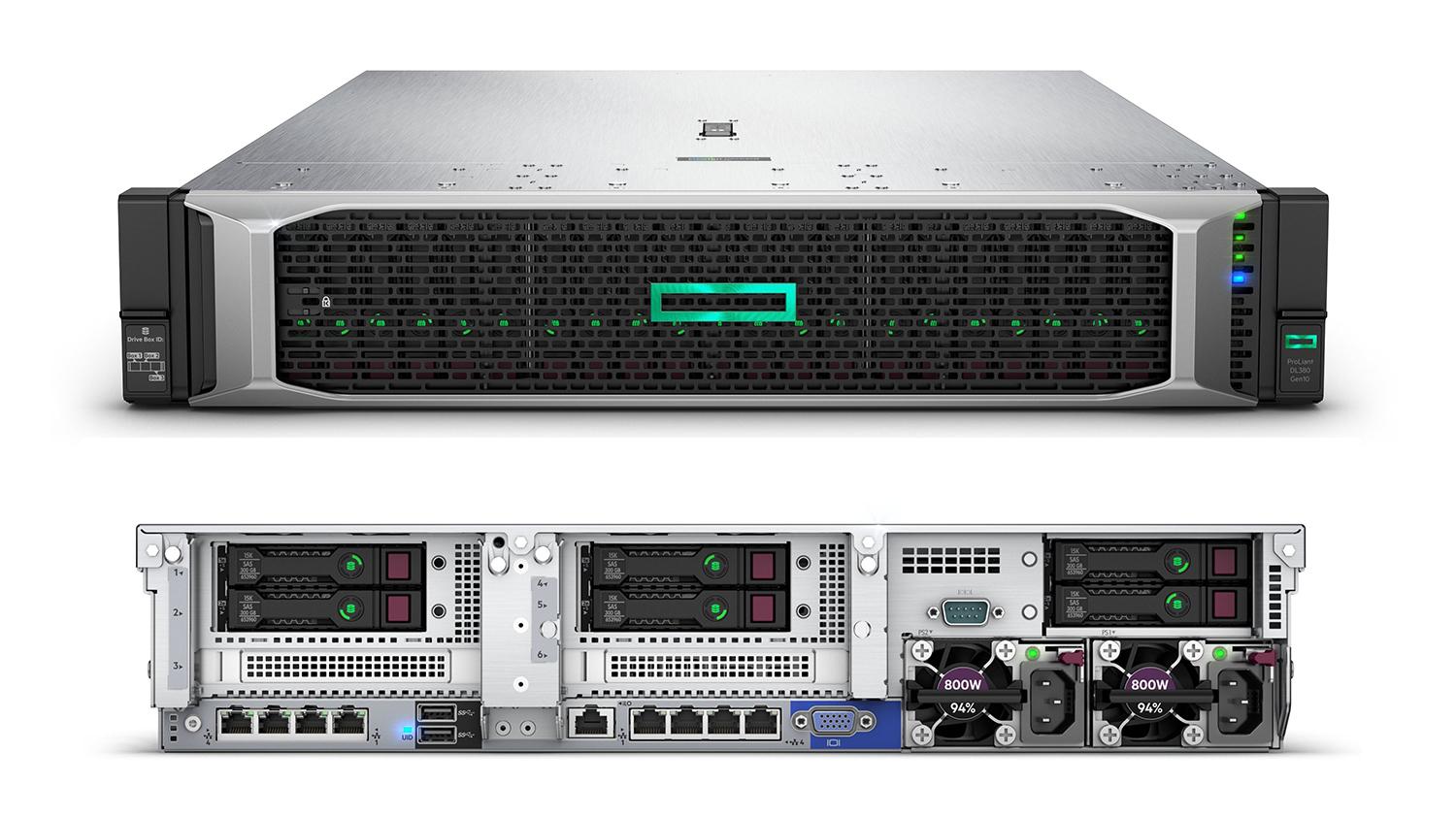
Security
ProLiant Gen10 servers include HPE Silicon Root of Trust technology and on-board software validation. This feature protects the servers from cyberattacks and malicious software. ProLiant Gen9s do not have this technology, so they are more vulnerable in terms of server infrastructure security.
Conclusion
To summarize, it is worth mentioning that the price of the HPE ProLiant Gen9 is significantly lower than the Gen10. Despite the age of these servers, they continue to be very popular with small and medium-sized businesses. If you're just opening a server room and can't boast an unlimited budget, the ProLiant Gen9 is ideal. However, the Gen10 wins on all technical metrics.
In the long term, Gen9 and Gen10 servers can be expanded, significantly increasing their technical performance. Therefore, the final decision should be formed only on the individual requirements of your business and budget.



